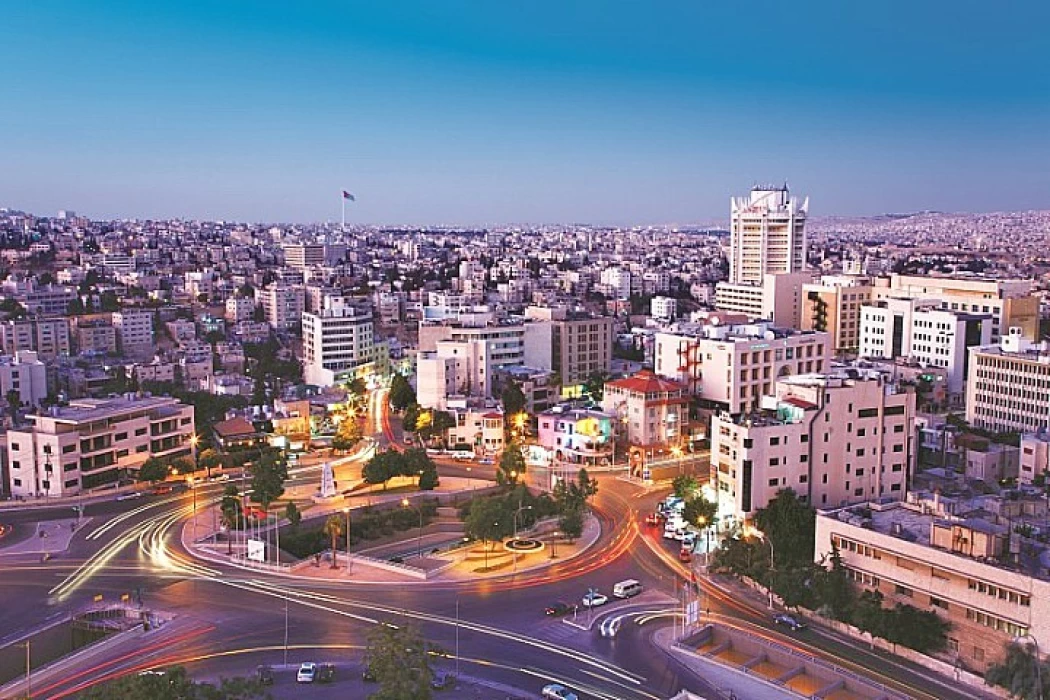
The best transportation in Jordan
The best transportation in Jordan
With Jordan boasting a fantastic and an ever-growing rd network, it is highly likely that renting a car and driving around the region could be the best option for the country. National approved Driving License can be used, however must be present for more than one year. The left side of the car is where the driver sits. Along with Arabic, English is also used for the road signs. The brown colored signs indicate the direction of tourist attractions.
We recommend topping up before embarking on a lengthy journey because there are numerous gas stations available in Amman and other urban locales, as well as on almost every dual carriageway, with the exception of the Dead Sea Road and Aqaba. There are a large number of tourist car rental offices, and the following list provides you with a selection of them. Most hotels also have dedicated offices for tourist car rental companies.
It is an inexpensive means of transportation and is usually the most available and common means of transportation in Jordan. White taxis are called “sarafis” and are shared between passengers, take certain routes, and run according to a schedule, with prices set according to the route. Yellow taxis are private and the most commonly used; they can be hailed outside large hotels or parked on the highway.
Taxi drivers are friendly, knowledgeable about the city, and usually speak English. When getting into a taxi, it is polite for women to take the back seat. There is no requirement for gratuities.
It is the Ottomans who built the Hejaz Railway between 1900 to 1908 with the intention of easing Muslim pilgrims travel to the holy places located in the Arab Peninsula. The railway is also contributed to unifying the control of the struggling empire over its outlying territories. The main line connected Damascus to Medina with a distance of 1,320 kilometers. The line traversed the eastern regions of Jordan, passing through Azraq, Qatrana, and Ma'an to the northwest of the Arabian Peninsula, specifically to the Hejaz, where Medina and Mecca are located.
The railroad was an alternative to the old caravan line, which was previously used to transport goods to and from Damascus and the Arabian Peninsula, a round trip that took about four months to complete. The railroad was not a positive thing for the caravan traders as it represented a real threat to their livelihood, and they made a number of attempts to block its construction.
Within four years of its founding in September 1908, the Hejaz Railway was carrying around 300,000 passengers a year. The number was not limited to pilgrims; the Turks began using the railroad to transport soldiers and supplies as well. During World War I (1914-1918), there were several attempts to attack the railroad in order to disrupt the Turkish army's advance.














